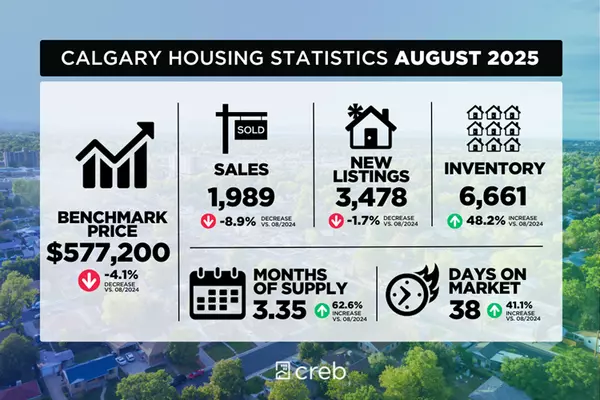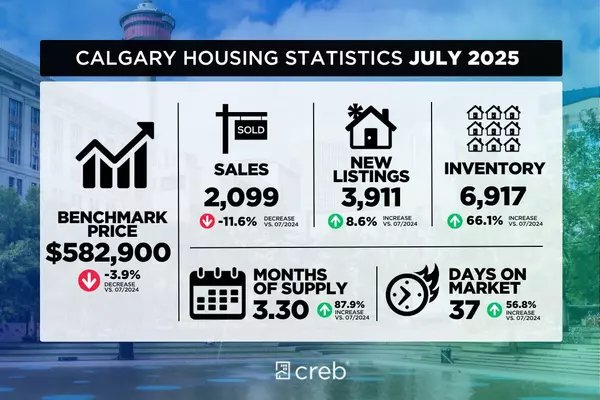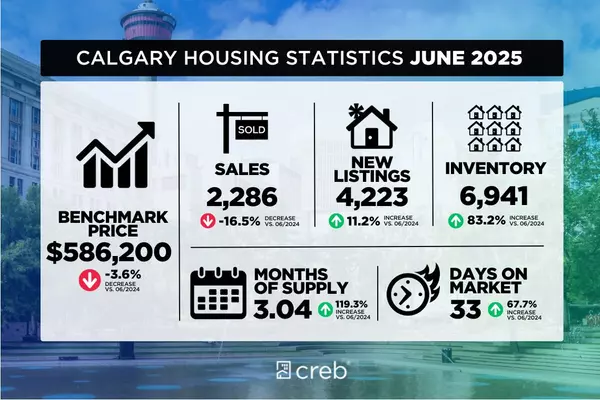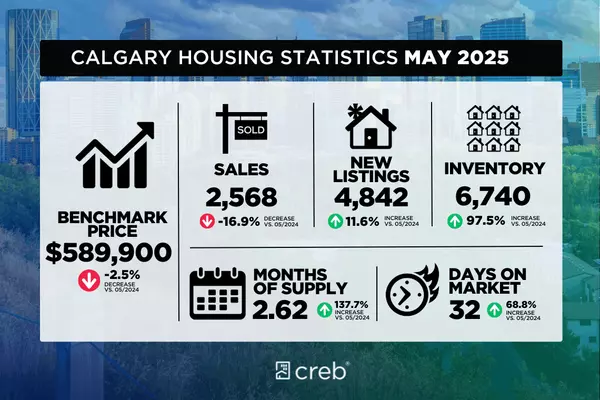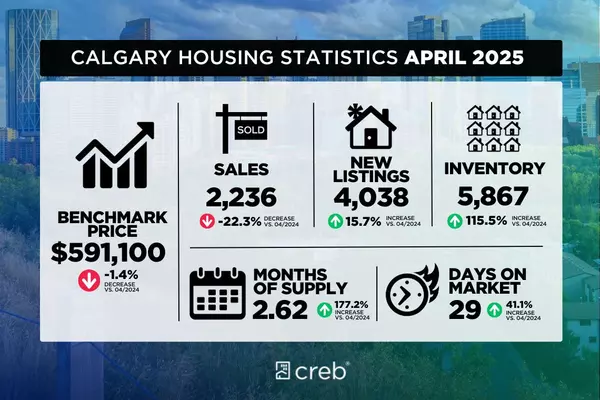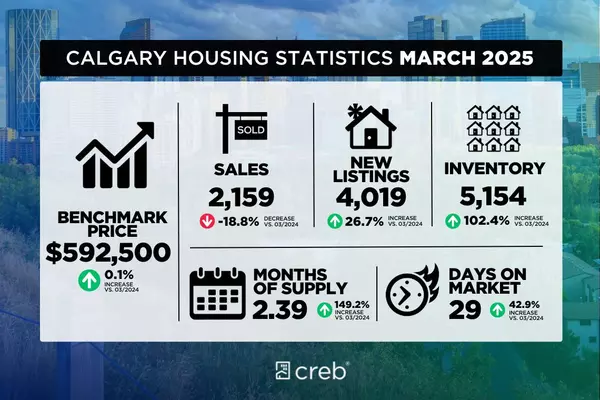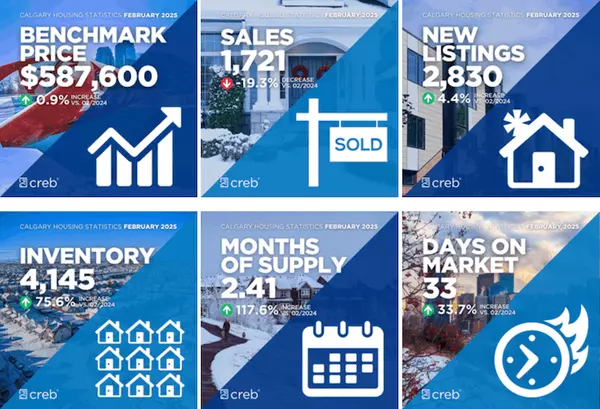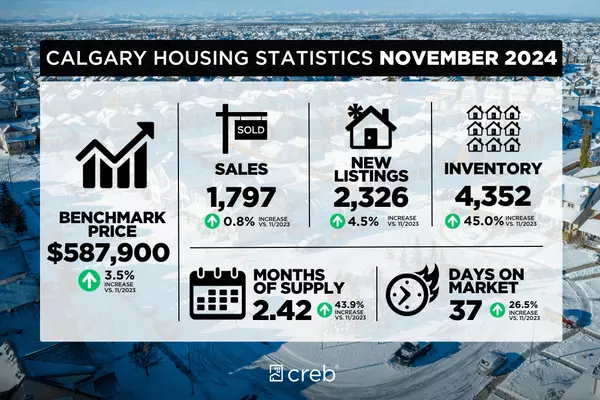
Things a Luxury Home Must Have
Buying or building a high-end home for the first time? These properties have a goal to go above and beyond anything you would find in traditional real estate, so buyers should always be on the lookout for the following to ensure what they’re buying is truly luxury and they won’t have to spend any

Buying a Home Without Ending Up House Poor
Most first-time buyers will tell you that finally closing a deal and getting the keys to a brand-new home feels pretty amazing. It’s afterwards, however, that things can take some getting used to. Between newly established mortgage payments and closing costs (not to mention the normal repair costs
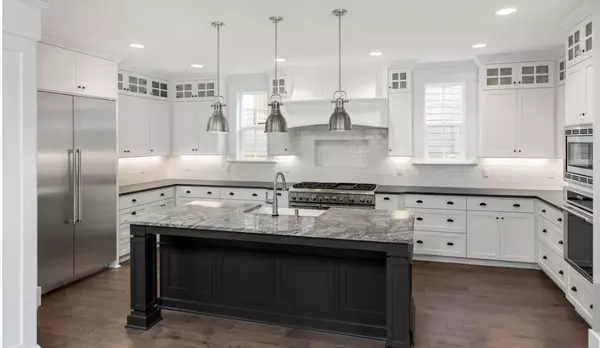
Competitive Edge in the Market
Whether you want to give your kitchen a luxury upgrade by gutting it before you sell, or you just purchased an older home and want to bring it into the 21st century, designing the kitchen layout will be critical. It’s one of the most well-used rooms in any house and can really make or break the sale
Categories
Recent Posts

